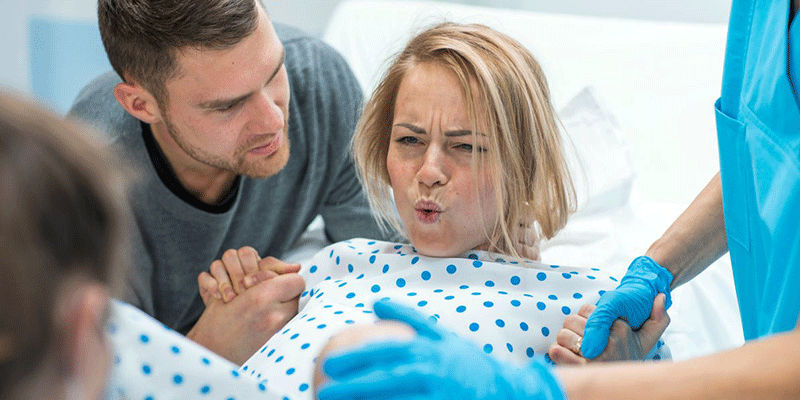
As your baby lies with you following a routine delivery, her umbilical cord still will be attached to the placenta. The cord may continue to pulsate for several minutes, supplying the baby with oxygen while she establishes her own breathing. Once the pulsing stops, the cord will be clamped and cut. (Because there are no nerves in the cord, the baby feels no pain during this procedure.) The clamp will remain in place for twenty-four to forty-eight hours, or until the cord is dry and no longer bleeds. The stump that remains after the clamp is removed will fall off sometime between one and three weeks after birth.
Once you’ve had a few moments to get acquainted with your baby, she will be dried to keep her from getting too cold, and a doctor or nurse will examine her briefly to make sure there are no obvious problems or abnormalities. She will be given Apgar scores, which measure her overall responsiveness. Then she will be wrapped in a blanket and given back to you.
Depending on the hospital’s routine, your baby also may be weighed and measured, and receive medication before leaving the delivery room. She will receive a dose of vitamin K as well, since all newborns have slightly low levels of this vitamin (which is needed for normal blood clotting). You should feel comfortable to suggest that all of these steps wait 30 minutes to an hour while you hold your new baby and allow her to move successfully to your breast for her first feeding. Once successful, and once your baby appears to be resting on your skin, then those other steps, including the vitamin K injection, can be performed. The most important thing is to maximize the skin-to-skin contact between you and your baby as much as possible in those first minutes.
Because bacteria in the birth canal can infect a baby’s eyes, your baby will be given antibiotic or antiseptic eye drops or ointment (erythromycin ointment is commonly used), either immediately after delivery or later in the nursery, to prevent an eye infection.
At least one other important procedure must be done before either you or your newborn leave the delivery room:
Both of you (and the baby’s father) will receive matching labels bearing your name and other identifying details. After you verify the accuracy of these labels, each will be attached to your wrist and to the father’s, while the other will be placed on your baby’s wrist (and often to her ankle as well). Each time the child is taken from or returned to you while in the hospital, the nurse will check these bracelets to make sure they match. Many hospitals also footprint newborns as an added precaution and attach a small security device to the baby’s ankle.
Last Updated 10/20/2015
Source Caring for Your Baby and Young Child: Birth to Age 5, 6th Edition (Copyright © 2015 American Academy of Pediatrics)
The information contained on this Web site should not be used as a substitute for the medical care and advice of your pediatrician. There may be variations in treatment that your pediatrician may recommend based on individual facts and circumstances.






